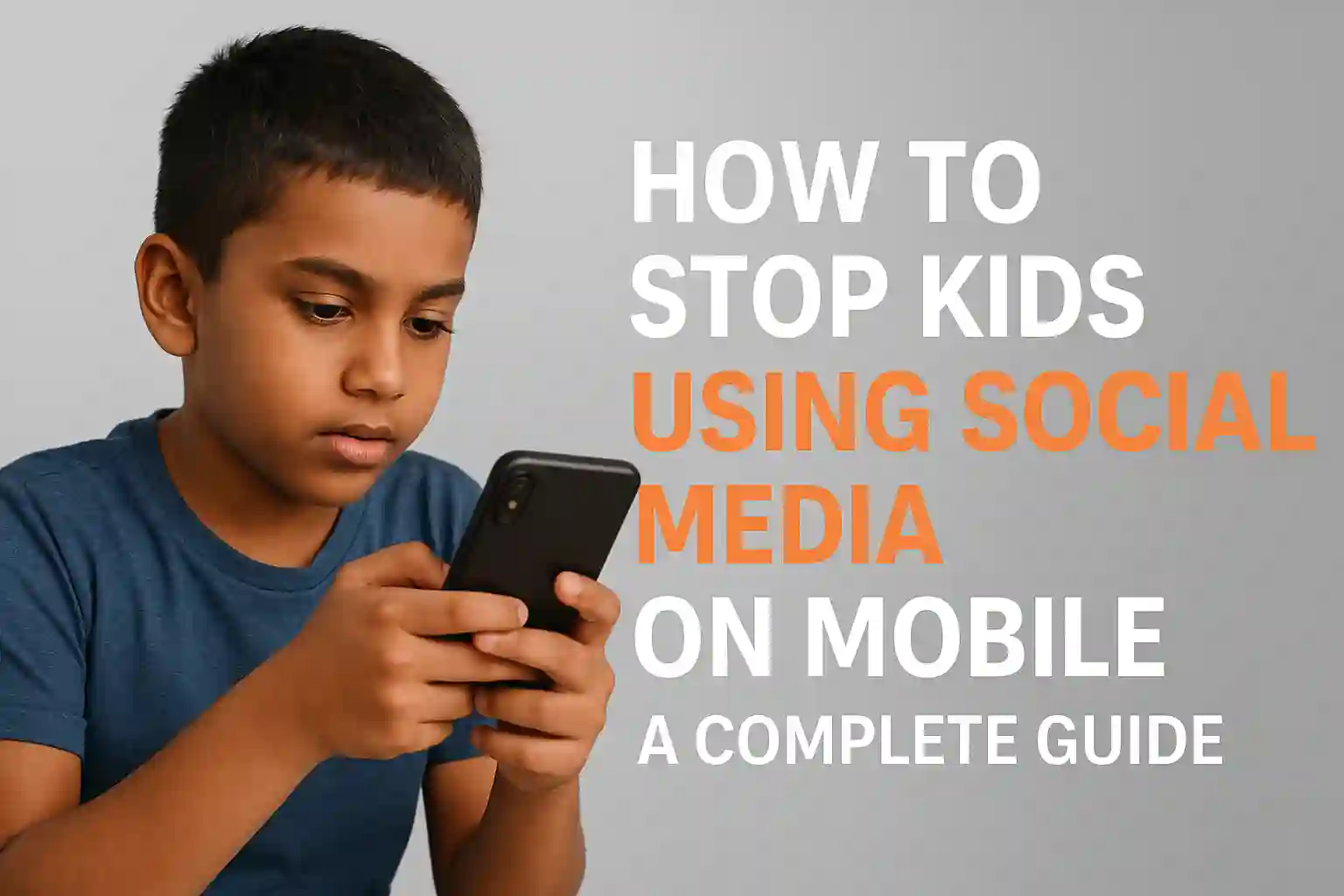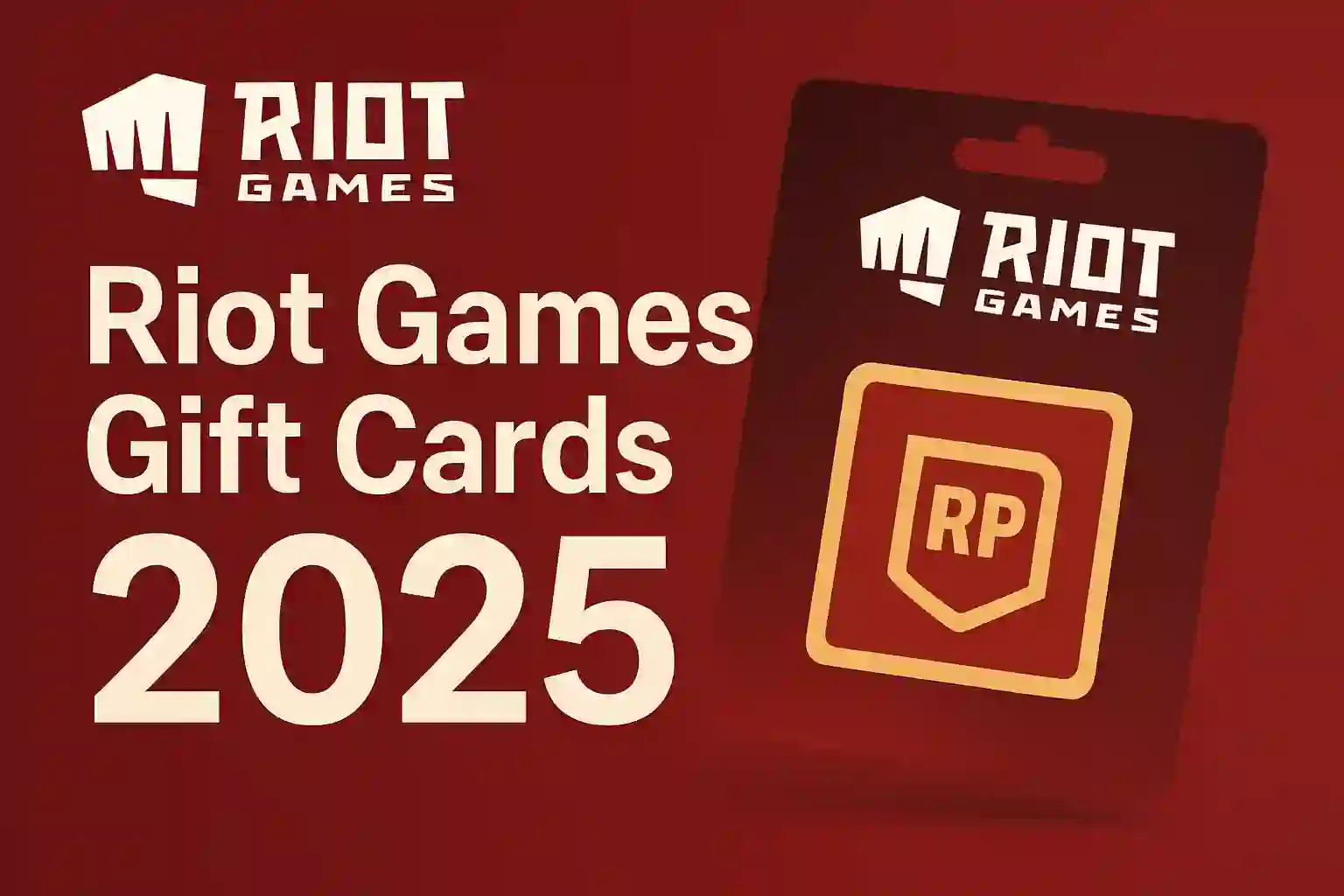Why Cloud Gaming is the Future of Entertainment Explained
Cloud gaming allows players to enjoy video games on any device without needing expensive hardware. The game runs on remote servers, and the visuals are streamed directly to the user’s screen, similar to watching a video. This means instant access to games without downloads or installations. It’s more affordable, offers high-quality graphics, and supports multiplayer gaming seamlessly. With the rise of 5G technology, cloud gaming delivers smoother and faster gameplay. Though challenges like internet speed remain, its convenience and accessibility make it a game-changer, bridging the gap between casual players and hardcore gamers worldwide.

Table of Contents
ToggleWhat Is Cloud Gaming?
Cloud gaming is a technology that allows users to play video games without the need for powerful hardware. Instead of running the game locally, the processing happens on remote servers. The gameplay video is streamed to the player’s device, and their inputs are sent back to the server in real-time. This means users can access high-quality games on devices like smartphones, tablets, and low-end PCs. With no downloads or installations required, it’s incredibly convenient. However, cloud gaming relies on a stable internet connection to ensure smooth performance, making it a versatile yet internet-dependent solution for modern gaming.
With cloud gaming, you can play top-tier games on almost any device, whether it’s a smartphone, tablet, TV, or even an older laptop. All you need is a stable internet connection.
READ MORE – 21 Proven Tips to Boost Gaming Performance on Your Laptop
The Key Benefits of Cloud Gaming
Cloud gaming offers many benefits, including:
1. Accessibility Across Devices
One of the biggest advantages of cloud gaming is its device-agnostic nature. You no longer need to buy expensive consoles or gaming PCs to enjoy the latest games. A basic device with internet access can connect you to an extensive library of games.
Cloud gaming enables players to access their favorite games on a variety of devices, including smartphones, tablets, PCs, smart TVs, and low-end laptops. This flexibility eliminates the need for specialized gaming hardware, making it easier for casual and hardcore gamers alike to enjoy seamless gameplay anywhere. A compatible browser or app is all that’s required to get started.
For example:
- Play a game on your phone during your commute.
- Continue the same game on your TV at home.
- Switch to a laptop or tablet without losing progress.
2. No Need for Expensive Hardware
One of the biggest advantages of cloud gaming is the elimination of the need for expensive hardware like high-end gaming PCs or consoles. The processing power is handled by remote servers, allowing players to enjoy AAA games on basic devices. This makes gaming more inclusive and affordable for everyone. By reducing the upfront costs, cloud gaming lowers the barrier to entry, enabling gamers to focus on the experience without worrying about constant hardware upgrades or compatibility issues.
3. Instant Access to Games
Cloud gaming offers instant access to a vast library of games without the need for downloads or lengthy installations. Players can simply select a game and start playing within seconds, making the experience incredibly convenient. This feature is especially beneficial for gamers with limited storage space or those who want to try multiple titles quickly. By removing delays, cloud gaming allows users to dive straight into their favorite games, emphasizing ease of use and uninterrupted entertainment.
READ MORE – How to Stay Safe While Playing Online Video Games: Protect Your Privacy and Security
4. Global Accessibility
Cloud gaming makes gaming possible for people around the world. As long as there is a good internet connection, players can enjoy high-quality games without needing expensive devices. This opens up gaming to more people, no matter where they live. It helps connect gamers from different countries, making gaming more inclusive and bringing everyone together. With support for many devices, cloud gaming is truly global and easy to use.
5. Environmentally Friendly
Cloud gaming can be more environmentally friendly compared to traditional gaming setups. By using shared remote servers, it reduces the need for individual gaming hardware, which often consumes significant energy. Additionally, centralized data centers can be powered by renewable energy sources, lowering the overall carbon footprint. As fewer physical devices are needed, there’s less electronic waste. While data centers still require energy, advancements in green technology make cloud gaming a step toward a more sustainable future in the gaming industry.

Challenges of Cloud Gaming
Cloud gaming faces several challenges, including:
1. Latency Issues:
High latency can disrupt gameplay, especially for fast-paced or competitive games, leading to input lag and poor responsiveness.
2. Internet Dependency:
Cloud gaming requires a stable, high-speed internet connection, making it inaccessible in areas with poor connectivity.
3. Data Consumption:
Streaming games consumes significant bandwidth, leading to high data usage and potential costs for players with limited data plans.
READ MORE – Exploring the Best Free Video Games of 2024: Transforming the Gaming World
4. Server Reliability:
Service interruptions or downtimes on gaming servers can result in disrupted gameplay and dissatisfaction.
5. Cost of Subscription:
Cloud gaming services often have recurring subscription fees, which may be expensive for some users over time.
6. Limited Game Libraries:
Not all games are available on cloud platforms, reducing the variety and choice for gamers.
7. Performance Variability:
Quality depends on the user’s hardware, network, and distance from servers, leading to inconsistent experiences.
8. Ownership Concerns:
Users don’t own the games they play, losing access if subscriptions are canceled or services shut down.
9. Security Risks:
Storing personal data and payment information online increases the risk of cyberattacks.
10. Hardware Integration Challenges:
Limited compatibility with certain controllers or devices can hinder the gaming experience.
READ MORE –The 11 Best Games to Play When You’re Bored
Major Players in the Cloud Gaming Space
Several companies are investing heavily in cloud gaming, making it a competitive and innovative field. Here are some of the key players:
1. Xbox Cloud Gaming (formerly Project xCloud)
Microsoft’s Xbox Cloud Gaming service is integrated with Xbox Game Pass Ultimate, offering a vast library of games that can be streamed to various devices.
2. NVIDIA GeForce NOW
GeForce NOW allows players to stream their existing PC game libraries from platforms like Steam and Epic Games Store.
3. Google Stadia
Although facing challenges, Google Stadia paved the way for cloud gaming by offering games without the need for a console.
4. PlayStation Now
Sony’s PlayStation Now lets players stream a wide range of PlayStation games directly to their consoles or PCs.
5. Amazon Luna
Amazon’s Luna service focuses on providing gaming channels that cater to specific genres and audiences.

How Cloud Gaming Enhances Entertainment
Cloud gaming isn’t just about convenience; it’s about creating new experiences for players and reshaping the entertainment industry. Here’s how:
1. Seamless Integration with Other Media
Imagine watching a movie where you can instantly play a game inspired by the film, all on the same platform. Cloud gaming makes this integration possible, merging different forms of entertainment.
2. Social Gaming Experiences
Cloud gaming allows for easier multiplayer experiences. Players can join games quickly without worrying about hardware compatibility, enabling more social and connected gaming moments.
READ MORE – How to Protect Your Data from Cyber Attacks : Expert Best Tips
3. Gaming on the Go
Mobile gaming has already proven popular, but cloud gaming takes it to the next level by offering console-quality experiences on your smartphone or tablet.
4. Easier Game Discovery
Subscription-based cloud gaming services often provide a library of games, encouraging players to try titles they might not have otherwise explored.
The Future of Cloud Gaming
As internet infrastructure improves and cloud technology evolves, the future of cloud gaming looks brighter than ever. Here are some predictions:
1. 5G Networks Will Boost Performance
The rollout of 5G networks promises faster and more stable internet connections, addressing many of the latency and bandwidth issues faced by cloud gaming.
2. More Affordable Options
As competition grows, we can expect more affordable subscription plans, making cloud gaming accessible to a wider audience.
3. Integration with Virtual Reality (VR) and Augmented Reality (AR)
Cloud gaming could pave the way for VR and AR experiences without the need for expensive headsets or powerful computers.
4. Global Gaming Communities
Cloud gaming will make it easier for players from different parts of the world to connect and play together, fostering more diverse and inclusive communities.
READ MORE –Top 11 Phone Tracker Apps with GPS Tracking: Stay Connected and Safe
Conclusion
Cloud gaming represents a significant shift in the gaming industry, offering unparalleled convenience, accessibility, and innovation. While challenges like internet dependence and latency remain, advancements in technology are rapidly addressing these issues.
The future of entertainment is not just about watching; it’s about engaging and experiencing. With cloud gaming, anyone, anywhere, can enjoy top-tier gaming without barriers. It’s an exciting time for gamers and entertainment enthusiasts alike, and the possibilities are just beginning to unfold.

FAQs About Why Cloud Gaming is the Future of Entertainment
1. What is cloud gaming?
Cloud gaming is a technology that allows users to play video games on remote servers and stream them directly to their devices without the need for high-end hardware.
2. How does cloud gaming work?
Cloud gaming works by processing the game on powerful remote servers and streaming the gameplay video to the user’s device. The user’s inputs are sent back to the server in real-time.
3. Why is cloud gaming considered the future of entertainment?
Cloud gaming eliminates the need for expensive gaming hardware, allows for instant access to a wide range of games, and makes gaming more accessible across devices.
4. What are the benefits of cloud gaming?
- Accessibility across devices
- Reduced hardware costs
- Instant play without downloads or installations
- Regular updates and minimal maintenance
- Cross-platform gameplay
5. What are some popular cloud gaming platforms?
Examples include NVIDIA GeForce NOW, Xbox Cloud Gaming, PlayStation Now, Amazon Luna, and Google Stadia.
6. Can cloud gaming replace traditional gaming consoles?
While it has the potential, cloud gaming currently complements traditional gaming as it still depends on reliable internet infrastructure.
7. Is high-speed internet necessary for cloud gaming?
Yes, a stable and fast internet connection is essential for smooth gameplay and low latency in cloud gaming.
8. What devices support cloud gaming?
Cloud gaming can be accessed on smartphones, tablets, PCs, smart TVs, and even low-end laptops with a compatible browser or app.
9. What are the challenges of cloud gaming?
Challenges include latency, dependence on internet speed, data consumption, and the availability of reliable servers in all regions.
10. How is cloud gaming different from traditional gaming?
Traditional gaming requires physical hardware like consoles or PCs, whereas cloud gaming runs on remote servers and streams gameplay to your device.
11. Does cloud gaming offer high-quality graphics?
Yes, many cloud gaming services offer high-quality graphics, including 4K resolution, as the games run on powerful servers.
12. Is cloud gaming affordable?
Cloud gaming is generally cost-effective as users don’t need to invest in expensive hardware. However, subscription fees vary by platform.
13. What role does 5G play in cloud gaming?
5G enhances cloud gaming by providing faster and more stable connections, reducing latency, and enabling seamless mobile gameplay.
14. What is the environmental impact of cloud gaming?
Cloud gaming can be more energy-efficient than traditional gaming hardware, but the environmental impact depends on how data centers are powered.
15. How does cloud gaming support multiplayer games?
Cloud gaming platforms enable multiplayer experiences by connecting players in real-time over the cloud, often with reduced lag and improved performance.









